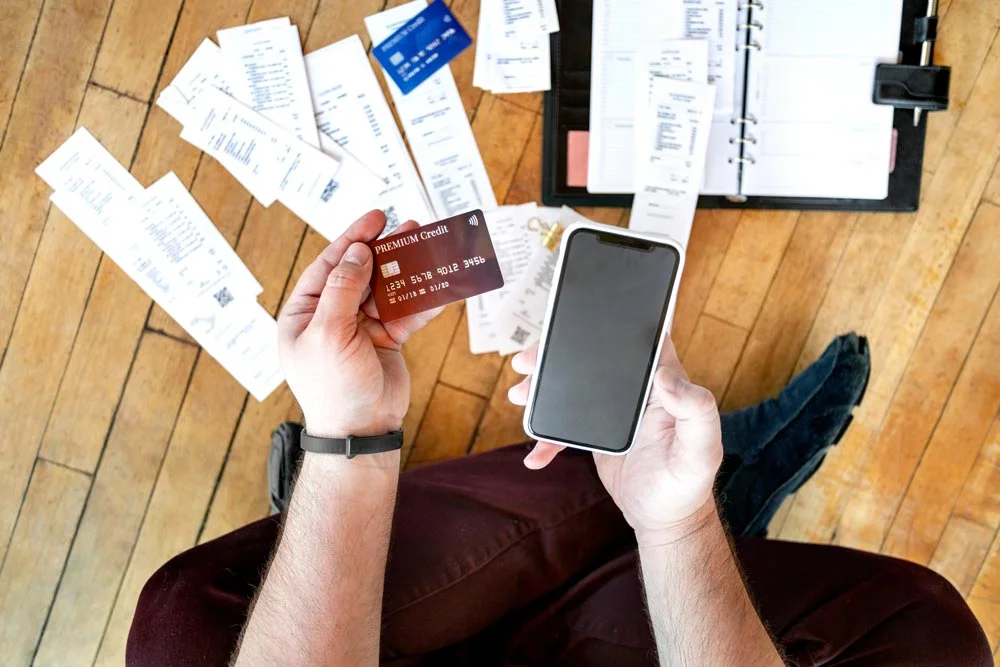
The credit card settlement process can be confusing and daunting, especially if you're unfamiliar with the ins and outs of credit and debt. However, understanding the process is crucial if you want to settle your credit card debt successfully.
Debt settlement is often the only option available to lenders who find themselves unable to pay off their loans. While credit card debt may be hard to settle, it’s possible. Credit card companies will exhaust all means to collect the total owed, but you can ask them about credit card debt settlement options to finally rid yourself of your debt.
Contents
Most people considering debt settlement will tap the resources of a debt settlement company or an attorney. However, these will involve additional fees, which can further strain your finances. You may also encounter debt settlement scams that can rob you of the money that should have gone to paying your debt.
If you’re confident with your negotiation skills, you can always try to do things independently. Understanding the credit card settlement process flow will help you navigate this reasonably easy situation.
Just remember to be patient throughout the entire process and document everything. Keep a record of all the agreements and receipts, as this will help protect you in case challenges crop up in the future.
First, contact your credit card company and let them know you're interested in settling your debt. You can visit their office or call their customer hotline. Look for the credit collections department and tell them your intent to settle.
From there, you'll need to negotiate a settlement amount. Offer to pay around 40%-60% of the total debt. A low offer will give you room for negotiation. Depending on the status of your debt, the card company can ask for 60%-80%.
Once you've agreed on an amount, you'll need to make a lump sum payment to the credit card company. It’s best if you already have a lump sum payment saved up. You can tell the card company that this is the money you’re ready to pay immediately, and they will take it rather than risk writing off your debt as a loss. A lump sum amount will be your leverage when you make negotiations. However, if you don’t have a lump sum, you can negotiate for a monthly installment. Just be sure to meet the installment schedule, as a delay can be seen as a sign of default.
Once the credit card company receives your payment, they'll close your account and notify the credit bureaus of the settlement. You should keep a record of the settlement report and take note of the date of the settlement. Credit bureaus will view a settlement as a negative mark against your credit score for seven years. During this period, expect you'll have difficulties accessing loans or getting approved for credit. Use the time to rebuild your credit standing by following sound financial principles.
While the credit card settlement process may seem complicated, by following these steps, you can successfully settle your credit card debt and move on with your life.
Bankruptcy can provide debt relief for individuals unable to repay debts. It can help those who have experienced significant financial hardship, such as a job loss or medical emergency. Bankruptcy can be costly and time-consuming and will require some legal expertise. It involves the public courts, and you’d need to consult a lawyer to make the right decisions.
On the other hand, a credit card settlement is an agreement between you and your creditors to pay off your debt for less than what you owe. This can be an attractive option for those who can’t make their minimum monthly payments but still have disposable income. You must pay settlements in full before they are reported to the credit bureaus, and your debt is considered paid. If you cannot make the agreed-upon payment, you will still be responsible for the total debt.
Both options will negatively impact your credit score, making it hard to obtain loans in the future. However, the effects are not permanent, and over time, you can rebuild your credit standing.
Upon settlement of all your credit card debts, your creditor informs the credit bureaus. The debt is now paid, and even though your credit rating will reflect a negative mark for seven years, you can rest assured that you no longer have to worry about debt collectors bothering you.
Check out this other blog by Processing Card to learn more about credit card settlement facts.
Florence Carpenter is passionate about ensuring that the process of opening merchant accounts is as straightforward as possible. She graduated from the University of Michigan with a bachelor’s degree in Marketing.